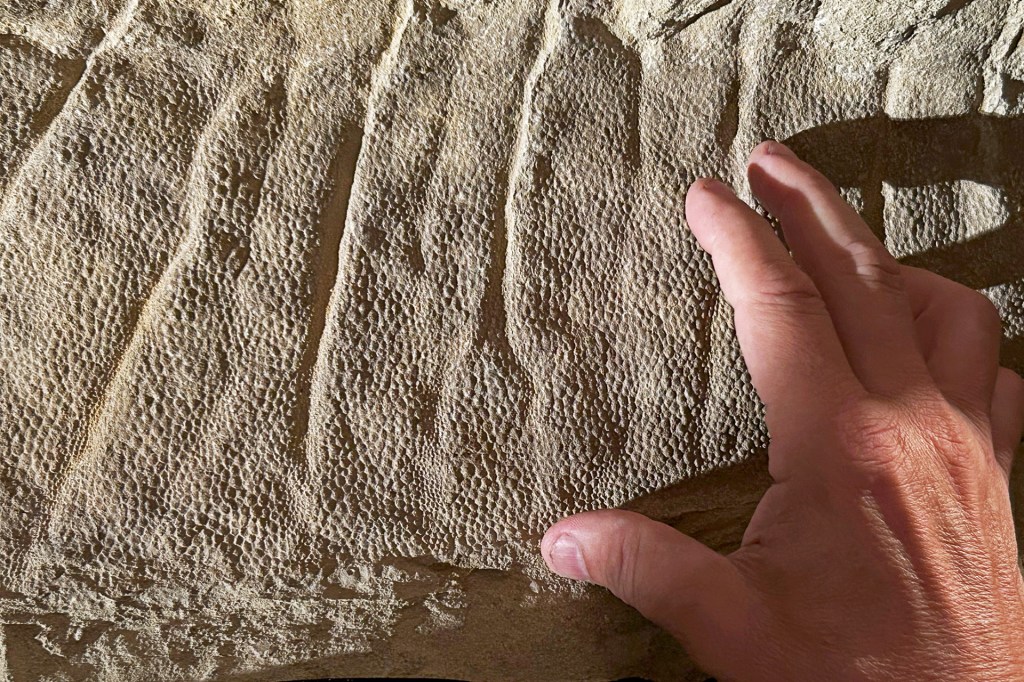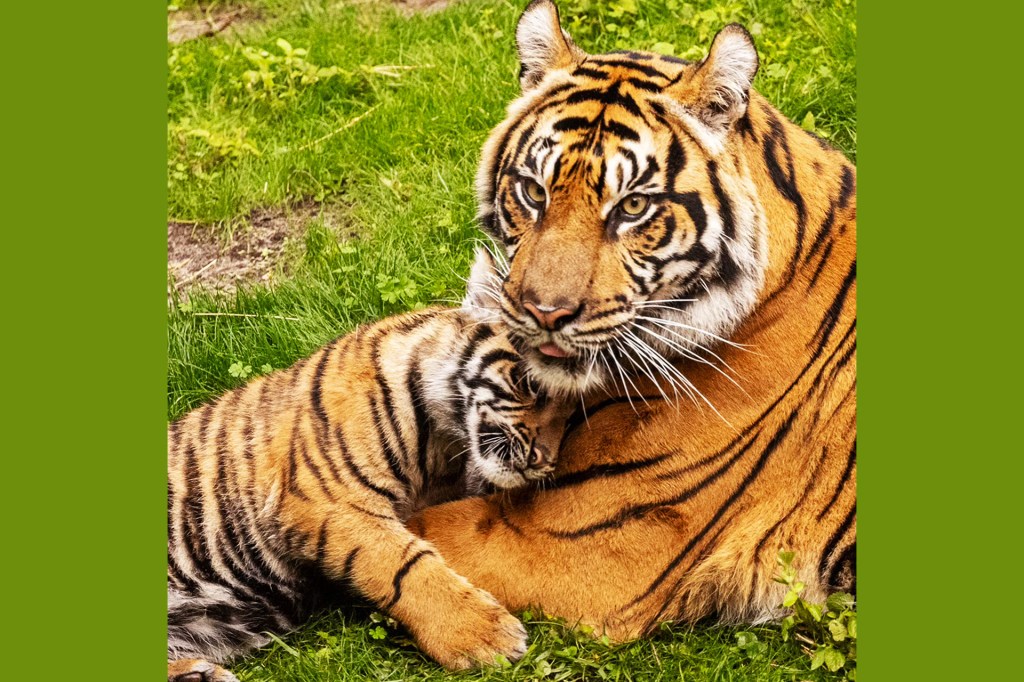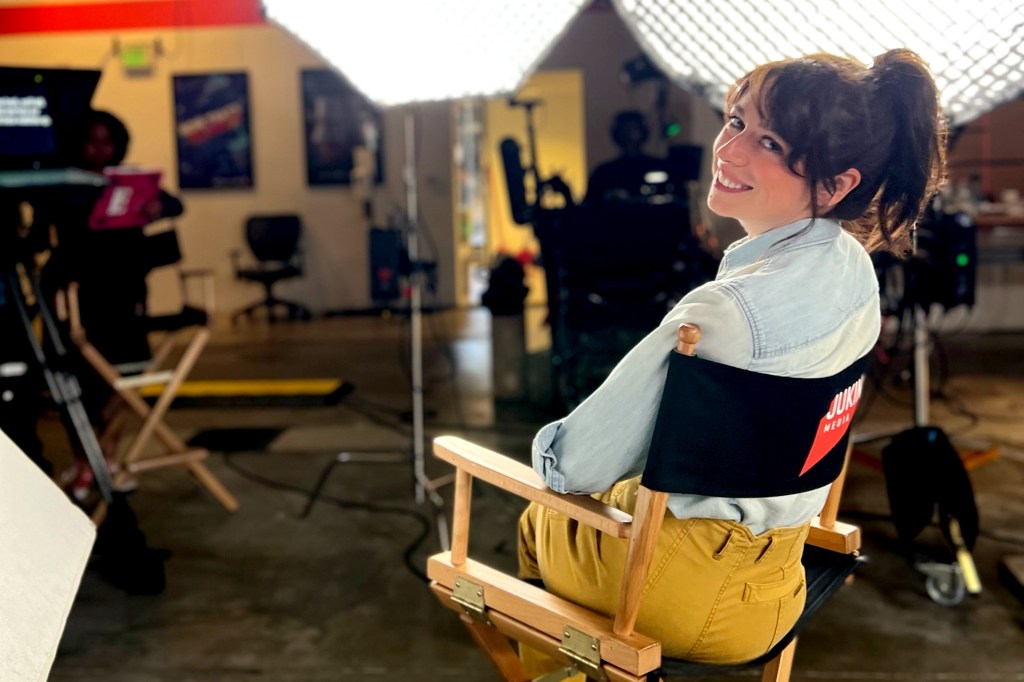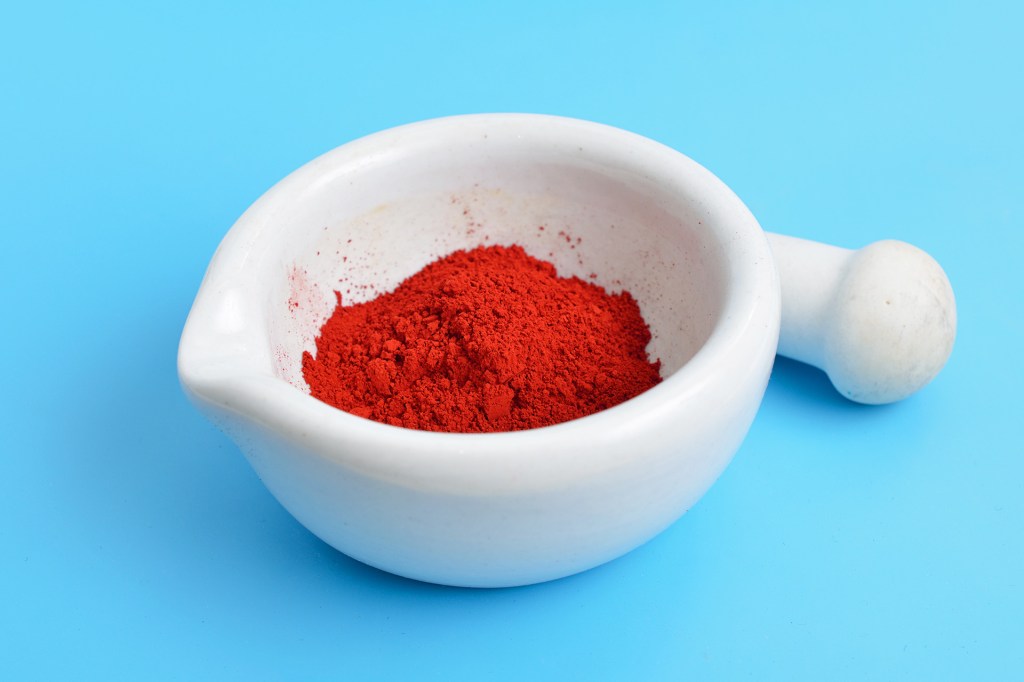
Computer algorithms
algorithm
 Isabella Antonelli / EyeEm—GETTY IMAGES
a step-by-step process for achieving a task
(noun)
I used an algorithm to solve the mathematical equation.
are instructions that tell machines to solve problems and make predictions. They help us use our smartphones and stream videos, and someday they’ll drive our cars. But can they make us more creative?
Isabella Antonelli / EyeEm—GETTY IMAGES
a step-by-step process for achieving a task
(noun)
I used an algorithm to solve the mathematical equation.
are instructions that tell machines to solve problems and make predictions. They help us use our smartphones and stream videos, and someday they’ll drive our cars. But can they make us more creative?
Some artists think so. Algorithms are helping them to come up with new ideas and produce surprising artworks. These works remind us that science can be creative and that art is a form of invention. Meet three artists who have advanced the possibilities of algorithm art.
Painting With Robots
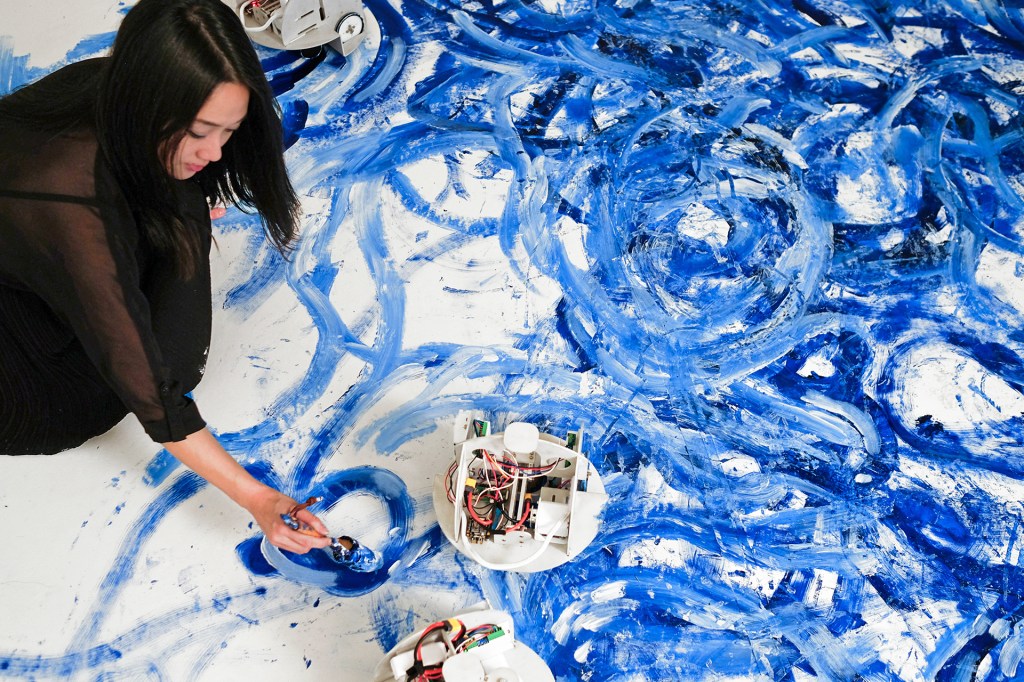
TEAMWORK Sougwen Chung works with a team of robots to paint spirals and swirls on a canvas.
COURTESY SOUGWEN CHUNGFor Sougwen Chung, the computer is a tool for expanding her creativity. Chung, who is based in New York City, works with a set of robots called DOUG, short for Drawing Operations Unit: Generation. DOUG can be a robotic arm fitted with a pencil or paintbrush, or it can be a team of robots.
Chung programmed DOUG to paint. She gathered 20 years of her drawings and made digital copies, then saved these copies in the robot’s memory bank. As Chung paints on a canvas, the robot responds to her brushstrokes. From “memory,” it makes a stroke that Chung might make. In this way, artist and machine work together, and the result is always a surprise.
Chung and DOUG often perform before an audience. It must be “a bit weird” to watch an artist work without a definite plan, Chung says. But that’s the fun of it. “The second I know what’s happening in those performances, I’ll probably stop doing them. For now, I like the energy it gives to the work.”
Cutting-Edge Architecture
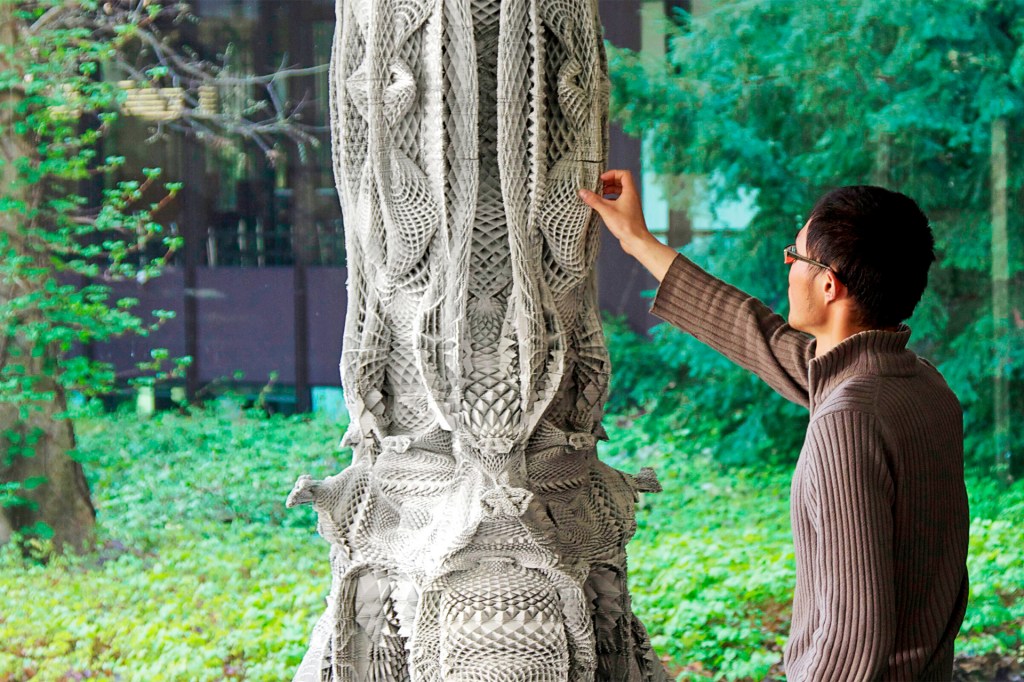
STRANGE FORMS A spectator examines a column created with algorithm technology.
MICHAEL HANSMEYERMichael Hansmeyer wants to create forms we’ve never seen. “We are drawn to things that make us curious,” says the architect, who’s based in Germany and Switzerland.
Take the column pictured above. It started with a simple shape: a cylinder
cylinder
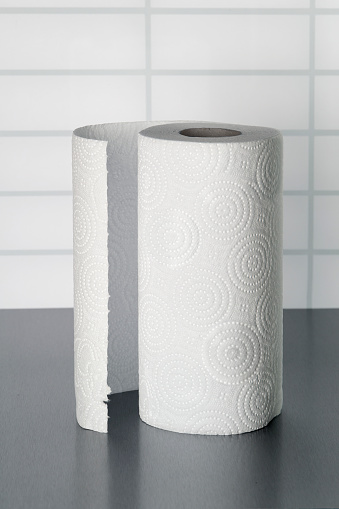 MEDIAPRODUCTION—GETTY IMAGES
a shape, such as a tube or column, that has straight, parallel sides and circular ends
(noun)
This roll of paper towels is in the shape of a cylinder.
. Hansmeyer programmed a computer to fold a digital cylinder again and again, producing countless new details. “It’s like doing origami with a piece of dough,” he says. Surfaces could stretch and tear. Some were almost too tiny to see. The result would have been impossible to draw, or to imagine beforehand.
MEDIAPRODUCTION—GETTY IMAGES
a shape, such as a tube or column, that has straight, parallel sides and circular ends
(noun)
This roll of paper towels is in the shape of a cylinder.
. Hansmeyer programmed a computer to fold a digital cylinder again and again, producing countless new details. “It’s like doing origami with a piece of dough,” he says. Surfaces could stretch and tear. Some were almost too tiny to see. The result would have been impossible to draw, or to imagine beforehand.
A laser cutter was used to shape the actual column. About 3,000 slices of cardboard were made and stacked on top of one another. Since then, technology has improved, and Hansmeyer has made columns out of sandstone using a 3D printer.
These wondrously detailed forms pull people in for a closer look. When first displayed, the works came with signs that read “Do Not Touch.” “But everybody reached out and touched them,” Hansmeyer says. “In a way, that was the greatest compliment.”
Color By Numbers
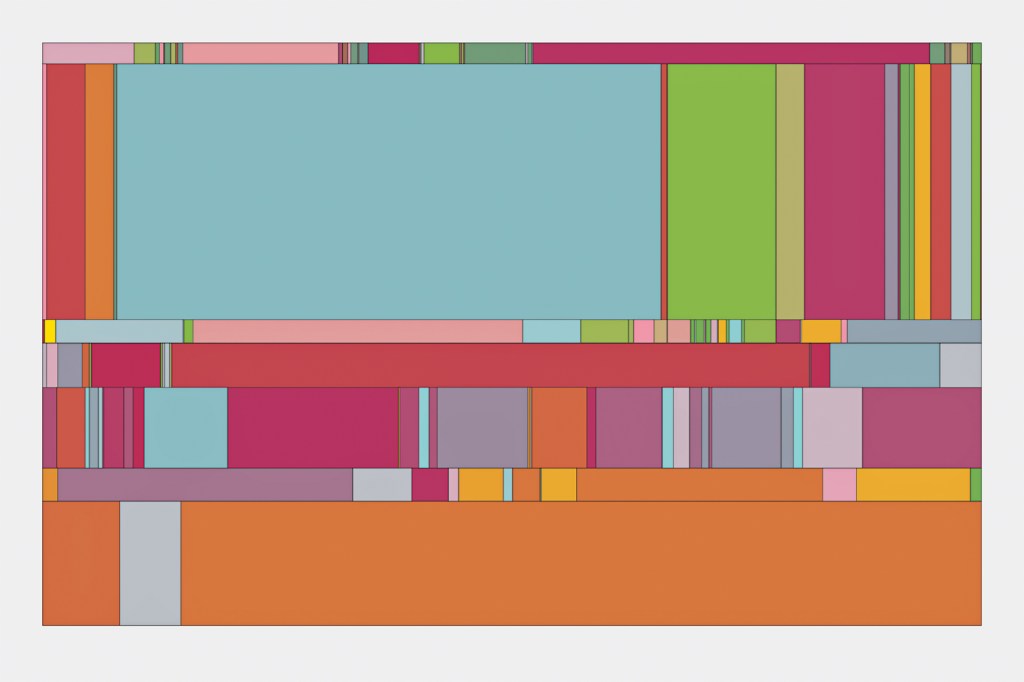
IN THE BOX This work charts CO2 emission data from 2010 for every country in the world.
BEN SHNEIDERMANBen Shneiderman doesn’t call himself an artist. “But I aspire to be an artist,” he says. Shneiderman is a computer scientist at the University of Maryland. He’s an innovator in the field of data visualization, a way of making large amounts of information visible at a glance.
In the 1990s, Shneiderman was looking for a way to see all the data contained on a computer hard drive. It dawned on him to make a digital map. So he designed an algorithm that could organize information using shapes of different sizes and colors. It turned out that the maps were not only useful, they were beautiful. They looked like art.
Shneiderman has mapped everything from sports statistics to population growth. Several of his works now belong to the Museum of Modern Art in New York City. And that makes sense to him. “There’s a lot of unity between art and science,” he says. “You don’t have to choose one or the other. You can have both in your life.”





